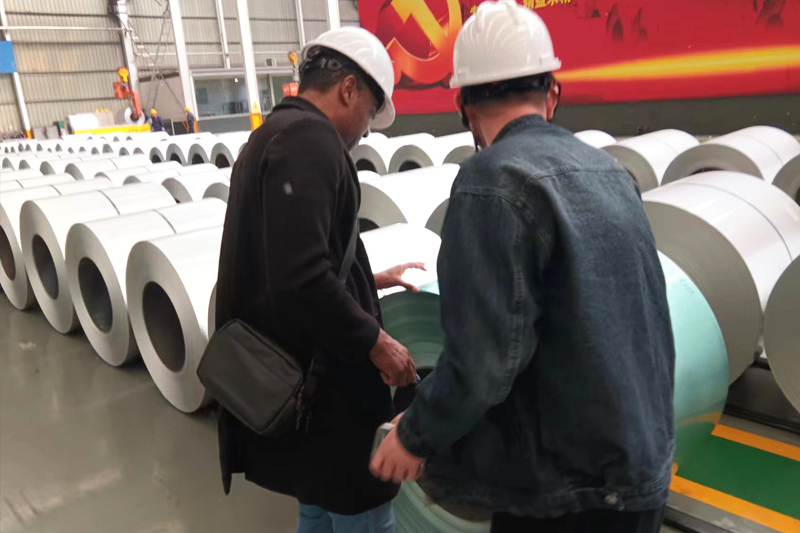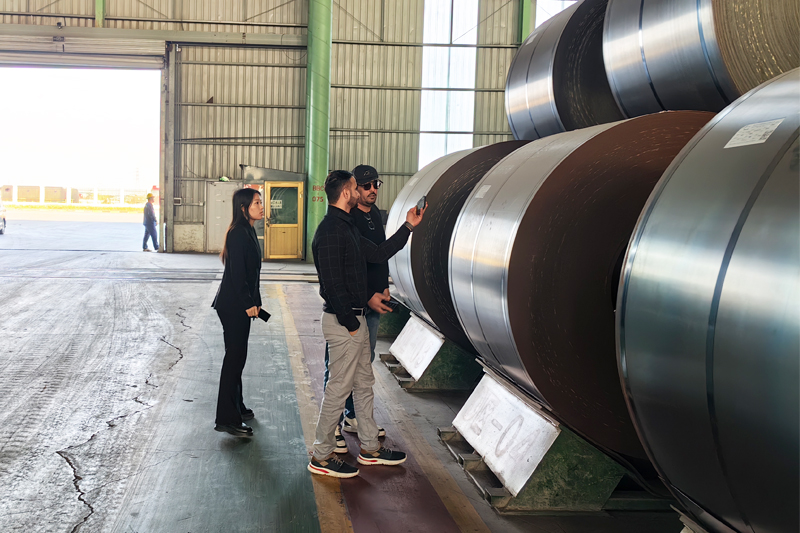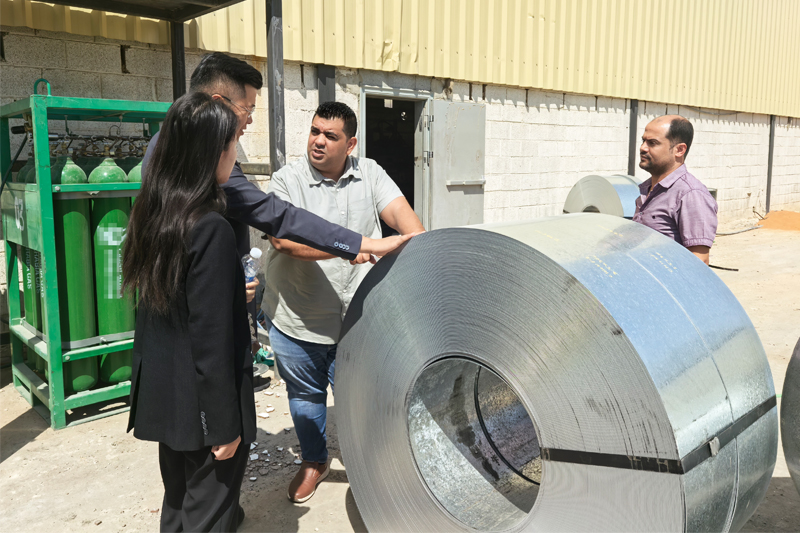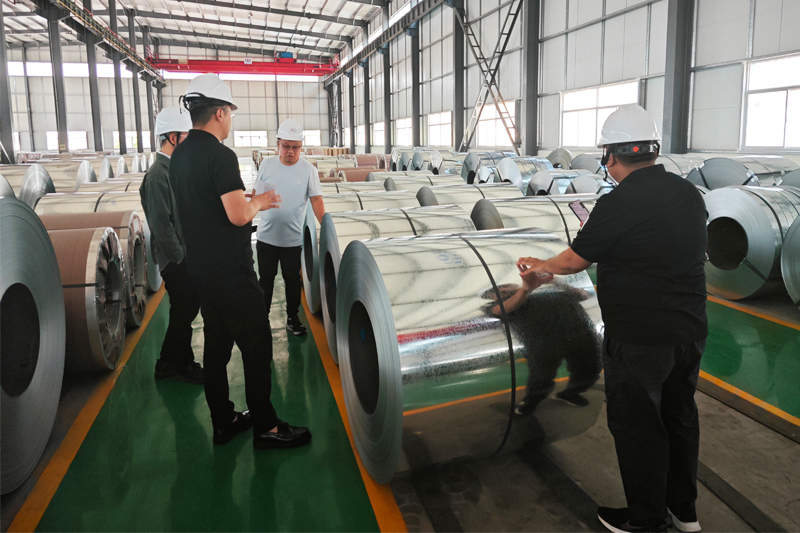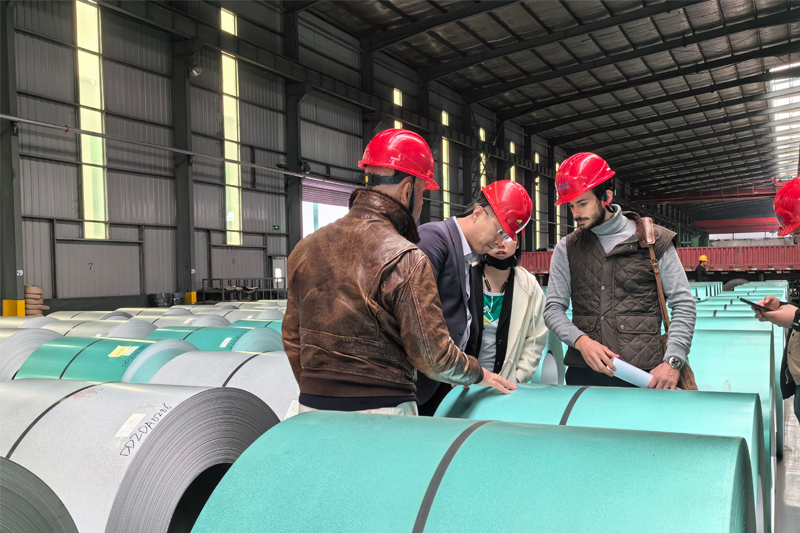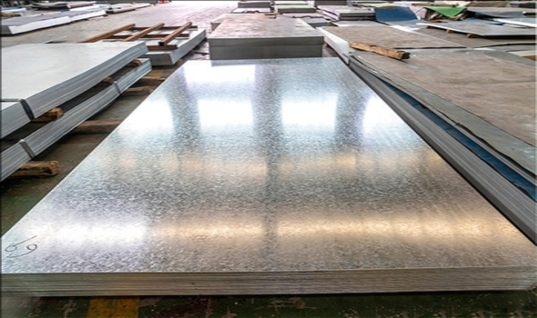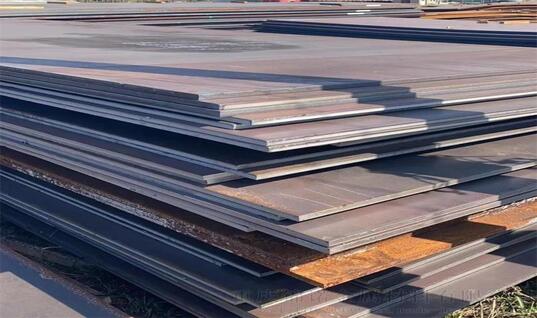In the intricate landscape of steel foreign trade, contracts serve as the cornerstone of business transactions. Among the various clauses, the quality objection clause is of paramount importance, as it safeguards the interests of both buyers and sellers. However, this clause is often fraught with potential pitfalls that can lead to disputes and financial losses if not carefully crafted and understood. This guide aims to shed light on these common pitfalls and provide practical strategies to avoid them, ensuring smooth and secure steel trade operations.
Understanding the Basics of Quality Objection Clauses
The quality objection clause in a steel foreign trade contract stipulates the procedures and conditions under which a party can raise objections regarding the quality of the steel products delivered. It typically covers aspects such as the time limit for raising objections, the methods of inspection, and the criteria for determining quality non - compliance. A well - defined quality objection clause can prevent misunderstandings and provide a clear framework for resolving disputes when quality issues arise.
Common Pitfalls in Quality Objection Clauses
Vague Quality Standards
One of the most prevalent pitfalls is the use of vague or ambiguous quality standards in the contract. For example, terms like “good quality” or “industry - standard” are too subjective and open to interpretation. Different parties may have varying understandings of what constitutes “good quality” or which “industry - standard” to follow. This lack of clarity can lead to endless disputes when the buyer claims that the steel products do not meet the expected quality, while the seller argues that they have fulfilled the contract requirements.
Unclear Inspection Procedures
Another significant issue is the absence of clear inspection procedures. Without detailed provisions on who will conduct the inspection (e.g., an independent third - party inspection agency or in - house inspection by the buyer), when the inspection will take place (before loading, upon arrival at the port of destination, etc.), and how the inspection will be carried out (sampling methods, testing techniques), it becomes difficult to determine the authenticity and validity of quality objections. Discrepancies in inspection procedures can also cause delays in resolving disputes and additional costs for both parties.
Short or Unrealistic Objection Periods
Setting an unreasonably short objection period is a common mistake. In the steel trade, it may take time for the buyer to receive the goods, conduct comprehensive inspections, and analyze the results. If the objection period is too short, the buyer may not have sufficient time to detect and report quality issues. On the other hand, an overly long objection period can put the seller at a disadvantage, as it increases the uncertainty and potential liability. Striking the right balance is crucial, but many contracts fail to do so, leading to dissatisfaction and legal battles.
Inadequate Remedies
The quality objection clause should clearly define the remedies available when a quality issue is proven. However, many contracts either provide insufficient remedies or leave the matter open - ended. For instance, simply stating that the seller will “address the quality issue” without specifying whether it will be through replacement, repair, price reduction, or other means can create confusion. Inadequate remedies can also fail to compensate the injured party fairly, causing resentment and potential damage to the business relationship.
Strategies to Avoid Pitfalls
Specify Clear Quality Standards
To avoid disputes related to quality standards, it is essential to use precise and objective terms in the contract. Refer to internationally recognized standards such as ISO (International Organization for Standardization) standards, ASTM (American Society for Testing and Materials) standards, or relevant national and industry standards. Clearly define parameters such as chemical composition, mechanical properties (e.g., tensile strength, yield strength), dimensional tolerances, and surface finish requirements. Additionally, attach detailed technical specifications and drawings as annexes to the contract to leave no room for ambiguity.
Outline Detailed Inspection Procedures
A comprehensive set of inspection procedures should be included in the quality objection clause. Agree on the inspection agency in advance, preferably an independent and reputable third - party with expertise in steel product inspection. Determine the inspection locations, such as the factory of origin, loading port, or destination port. Specify the sampling methods, ensuring that they are representative of the entire batch of goods. Clearly state the testing methods and equipment to be used, as well as the criteria for passing or failing the inspection. By doing so, both parties can have confidence in the objectivity and reliability of the inspection results.
Set Reasonable Objection Periods
When determining the objection period, consider the nature of the steel products, the transportation time, and the complexity of the inspection process. For most steel trade transactions, a period of 30 - 60 days from the date of receipt of the goods at the destination port is a reasonable timeframe. This allows the buyer sufficient time to conduct thorough inspections and raise objections if necessary. At the same time, it provides the seller with a clear deadline within which they can expect to resolve any potential quality issues, reducing uncertainty.
Define Clear Remedies
The quality objection clause should clearly outline the remedies available to the non - breaching party. In case of minor quality issues, the seller could be required to provide free repair or replacement services. For more significant non - compliance, options such as price reduction based on the extent of the quality deviation or full refund and return of the goods should be specified. Also, determine who will bear the costs associated with the remedies, such as transportation costs for replacement goods or inspection fees for re - evaluation. Clear and specific remedies ensure that both parties know their rights and obligations in case of quality disputes, facilitating a quicker and more amicable resolution.
In conclusion, avoiding pitfalls in the quality objection clauses of steel foreign trade contracts requires careful attention to detail, clear communication, and a comprehensive understanding of the steel trade industry. By specifying clear quality standards, outlining detailed inspection procedures, setting reasonable objection periods, and defining clear remedies, both buyers and sellers can protect their interests and minimize the risk of disputes. A well - crafted quality objection clause not only contributes to the success of individual steel trade transactions but also helps build long - term, trustworthy business relationships in the global steel market.


